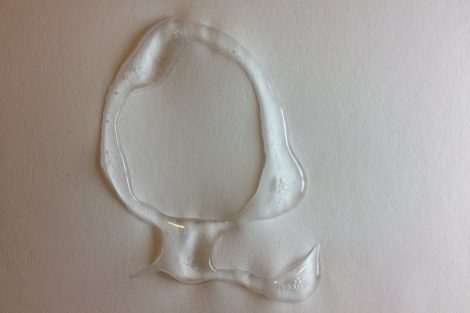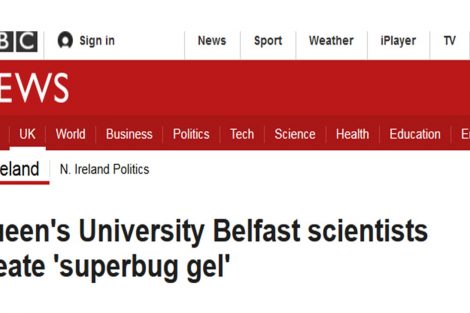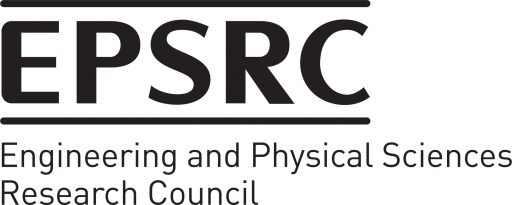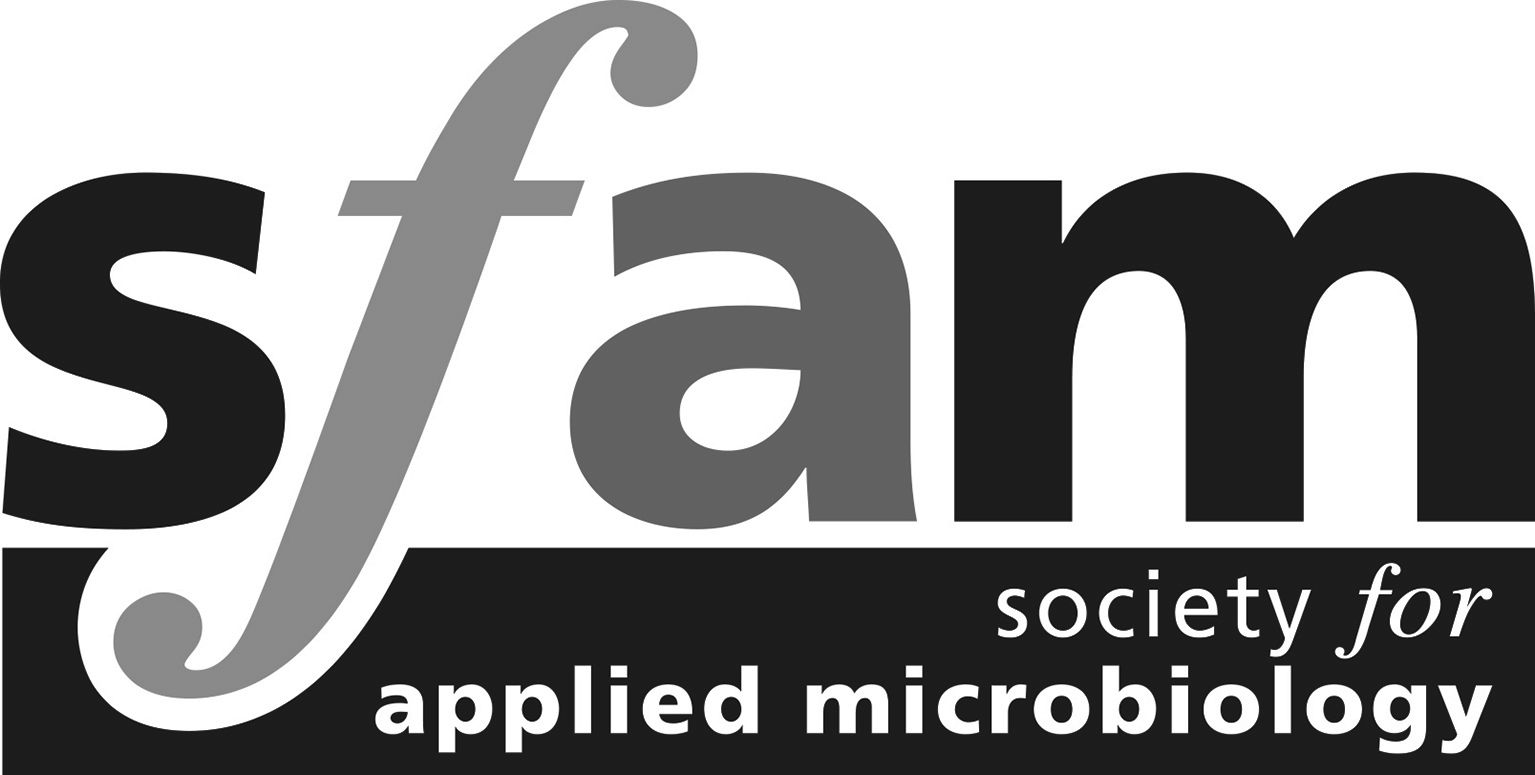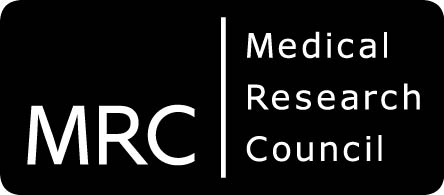
WOUND HEALING
Chronic wounds are amongst the most debilitating and burdensome healthcare disorders impacting society with a UK incidence of 575,600 patients annually costing the NHS up to £3.1billion per year. The scale of this problem will escalate due to an increase in factors that contribute to chronic wounds, for example increased life expectancy (a more elderly population) and a rise in lifestyle diseases such as diabetes and obesity. Chronic wounds are defined lesions that have been unable to heal fully or respond to treatment within 4-12 weeks, extending into years of unsuccessful treatment and resulting in disability, social isolation and often amputation in affected patients. Chronic wounds differ from acute wounds in that they are associated with prolonged and uncontrolled inflammation that prevents the lesion from healing fully. They are more difficult to treat due to the failure of current therapies to resolve the key biological processes within the local wound environment namely: persistent inflammation; presence of infective microorganisms that increase inflammation and an impaired ability for new tissue to form.
Our project is creating a novel therapy to target these important biological processes using aninnovative peptide platform that will promote the body’s ability to heal at the wound site. Peptides form the building blocks of tissues and skin, therefore their use as a wound therapy is promising. They can be manufactured within our laboratory to reproduce the unique mechanical and biological properties of natural tissue. Peptides possess numerous chemical groups that can be utilised to tailor functional (mechanical strength, stability, hydrogel formation) and pharmacological properties (antimicrobial, anti-inflammatory, pro-angiogenic).
The project builds on successful preliminary results obtained by our group. We have discovered a group of peptides with the ability to form antimicrobial and anti-inflammatory gels with excellent biocompatibility. In this proposal we will create a small peptide attached to a range of non-steroidal anti-inflammatory drugs (NSAIDs), to provide multiple functional properties optimal for a chronic wound therapy within a single easy to synthesise molecule. These properties are the ability to:
a) form an easy to administer biocompatible hydrogel, which remains in situ,moulding to the varying shapes of wound cavities.
b) reduce the number of infective microorganisms at the wound site, preventing infection and lowering inflammation.
c) significantly reduce inflammation, due mainly to the presence of an attached NSAID which targets several biological molecules implicated in the heightened and uncontrolled inflammatory response of chronic wounds.
d) increase the body’s capacity to repair skin by improving the creation of new blood vessels (termed angiogenesis) and recruitment of new skin cells to the wound site. This property will be provided by the incorporation of a short motif into our peptide that is based on the biological mediator of natural wound healing, heparin.
We are aiming to demonstrate this novel NSAID-peptide-heparin mimetic (NPH) molecule possesses these multifunctional characteristics using a range of robust and relevant assays. This project will provide significant data that will be utilised by our project advisory committee, composed of the scientific investigators, clinical consultants and a commercialisation manager, to develop our NPH platform as a future wound care product. The peptides studied in this project are purposefully small molecules that are cheap to manufacture, improving their potential to be clinically translated as a pharmaceutical product and effectively utilised within healthcare budgets for patient and societal benefit.
